House always wins: Covid-19 can’t contain rampant property prices

In the first wave of the pandemic house values took a hit. In the current lockdowns, values are actually still rising, although losing some momentum. CoreLogic’s Tim Lawless says that loss of momentum has less to do with lockdowns and more with affordability.
There’s a feeling that the traditional spring rush has been delayed. That is not because the demand for property has fallen, but because of a reluctance by many sellers to put properties on market while in lockdown.
According to CoreLogic, for the three months June to August, the number of home sales was 30 per cent above the five-year average but the number of listings was almost 30 per cent below the five-year average. So while listings have fallen dramatically, demand does not seem to have been affected. Ergo, property values are up.
Kevin Brogan says the industry has never been busier.
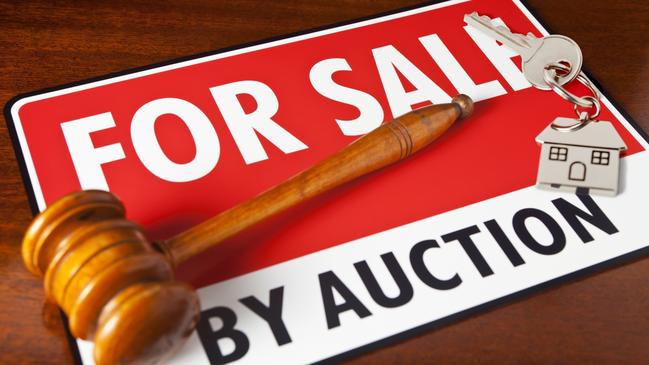
Now running risk at property valuer Herron Todd White, he says the longer lockdowns have changed behaviour buyer. “People are far more accepting now of purchasing a property sight unseen using online auction methods.”
The median value for a Sydney home sits at $1,039,514, according to CoreLogic’s most recent data. Home values in Australia are up 15.8 per cent over the first eight months of the year and 18.4 per cent over the last 12 months. While slowing, August had a monthly rise of 1.5 per cent, still well above average.
So what happens when the lockdowns end and there is presumably another strong rebound in the economy?
Both Brogan and Lawless agree there will be some rebalancing of supply and demand but nothing to cause a significant correction in the market.
Indeed, the pent-up spring demand could be even stronger than normal. “I don’t think we will see prices falling this year or maybe even next year,” Lawless says.
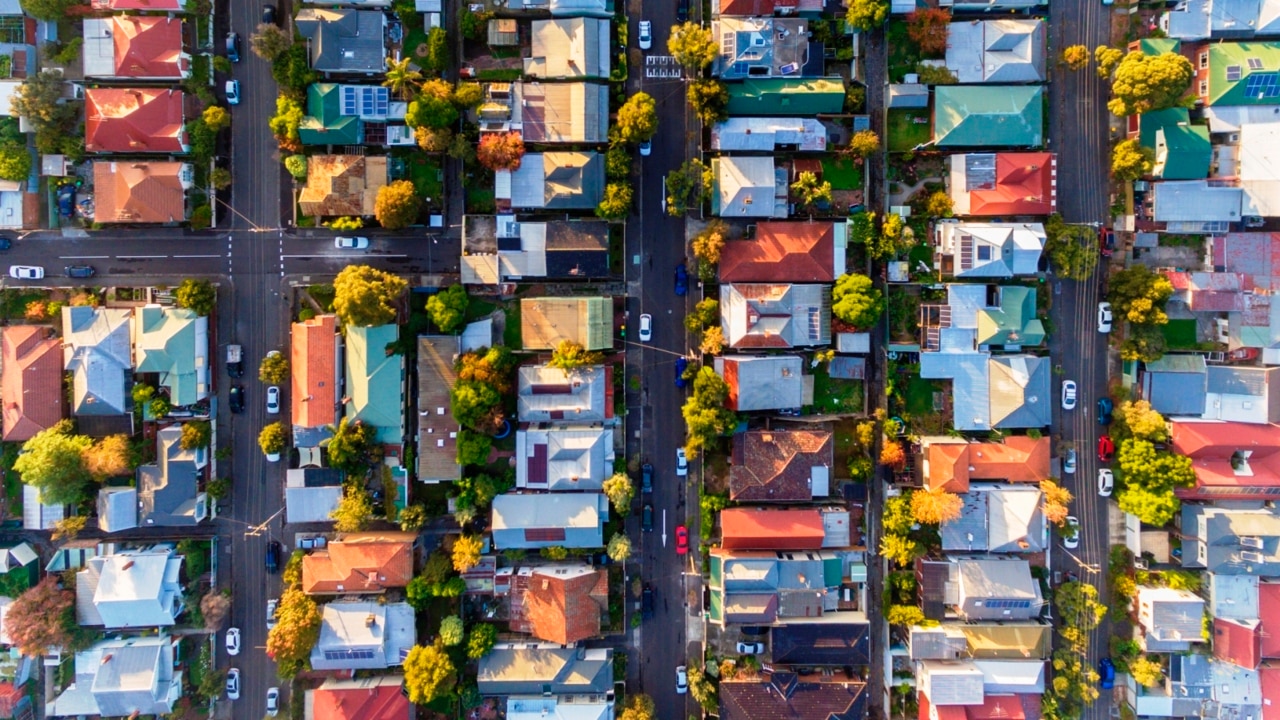
Many factors have driven property prices over the years: interest rates, access to finance, unemployment, regulation, immigration, and good old supply and demand. However, Covid-19 has up-ended some of these and there is a new factor: working from home.
The overwhelming driver in 2021 is the low cost of borrowing. Interest rates, now at historical lows, are locked in for the foreseeable future.
Before Delta shut up half the country again, the RBA governor was teased that he had been too quick to forecast that conditions for a rise in the cash rate would not be met until 2024. Tuesday’s RBA decision will be the tenth in a row where the cash rate stays unchanged at 0.10 per cent.
Kevin Brogan says that the defining characteristic of the strong market is how widespread it is. Previously, strong property markets have been city-centric. But lockdowns have forced people into staying at home and importantly working from home, which has driven a change in mindset.
“People who may need to commute once a week are quite happy for that journey to take a couple of hours if they only have to do it once a week, so the strength of the market has spread into regional and fringe areas,” he says.
The double whammy of pent-up demand from fewer listings in lockdown and the shift to the regions has seen valuations skyrocket in places like Byron Bay, Broome and the Sunshine Coast.
Brogan is seeing a wave of interest in refinancing, which now makes up 70 per cent of the valuations. Australians are spending their holiday budgets on buying a second holiday home or on major renovations to the home they live in. And higher household savings have increased the ability to spend on deposits for new property.

Tim Lawless says owner-occupied credit growth is well above average and even investor credit growth was trending higher until recently. He cannot see home values falling until there is a tightening of credit.
Macroprudential intervention is certainly one risk for the market, but this time, Lawless believes it will be aimed at keeping a lid on household debt rather than investor activity or interest-only lending, like earlier interventions. A slippage in lending standards would also trigger intervention but there is no sign of that at present.
Before Covid, rising unemployment would create mortgage stress and depress property values.
Yet the Delta lockdowns, which come without JobKeeper, are hitting the rental market rather than the property market. This is partly because the sectors hit hardest, like hospitality, have younger workers more likely to be renters. For those homeowners with jobs at risk and no JobKeeper allowance, Lawless says the banks have largely come to the rescue again with mortgage deferral arrangements.
The other factor, immigration, has thus far only affected the rental market. Sixty per cent of immigration was temporary migrant and student visitors. And permanent migrants also tend to rent first and later buy. It means any effect from immigration will be delayed.
Covid has certainly hit the investor market, where housing stock was aimed at migrants, like the small one or two-bedroom apartments in Melbourne.
“Those were very much in demand because the population of Melbourne was growing at a rate of almost 10,000 a month pre-Covid. Now that’s down to zero. And international students would have been a strong source of that demand.” Brogan says.

Overall, the investment market sitting at 28 per cent of the whole property market (below its 10 year average of 30 per cent) is expected to pick up. The threat of negative gearing changes from Labor has long disappeared and in any case, investors are now focused on capital gain.
Unlike the run-up to 2019, investors don’t need a negative gearing strategy because of the low borrowing rates. Outside the cities (where rental yields are low and prices high), Tim Lawless says investors should be able to buy property and have cash flowing in.
Southeast Queensland, Perth and Adelaide are attractive options.
Sadly, another reason the share of investment property will rise is because the first-home buyer market is falling. It is the growing affordability problem that Lawless believes will be the factor that eventually dampens demand, with dizzy valuations pricing more and more people out of the market.
“How long will it last? I’m not too sure,” he says.
“The affordability discussion is becoming a little bit more important. The dwelling price to income ratio is getting up to 10 times in Sydney and around 9 times in Melbourne. Fewer people can participate.”
Gradually demand will shift from the housing market back again to medium to high-density, where price points are lower.

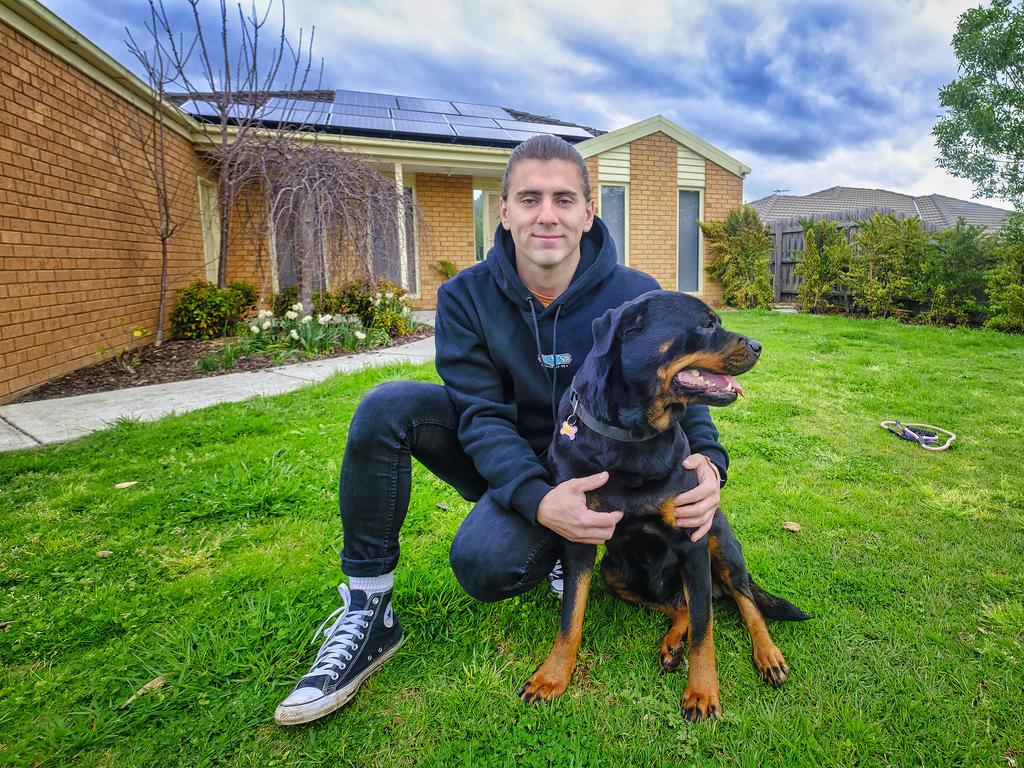
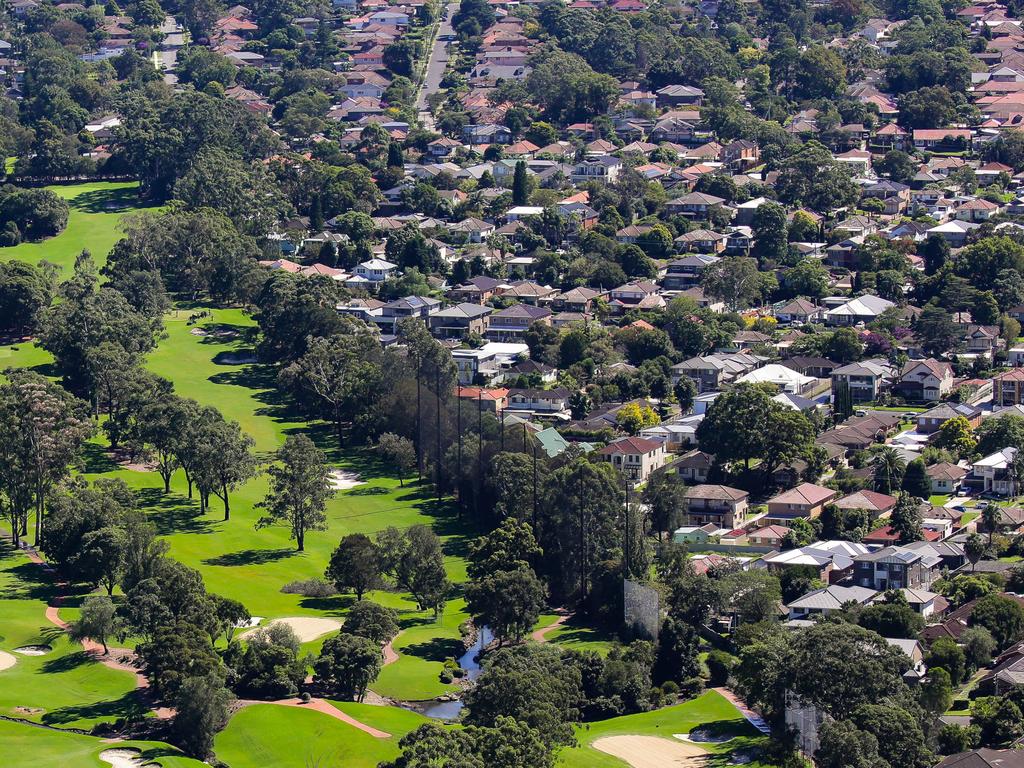
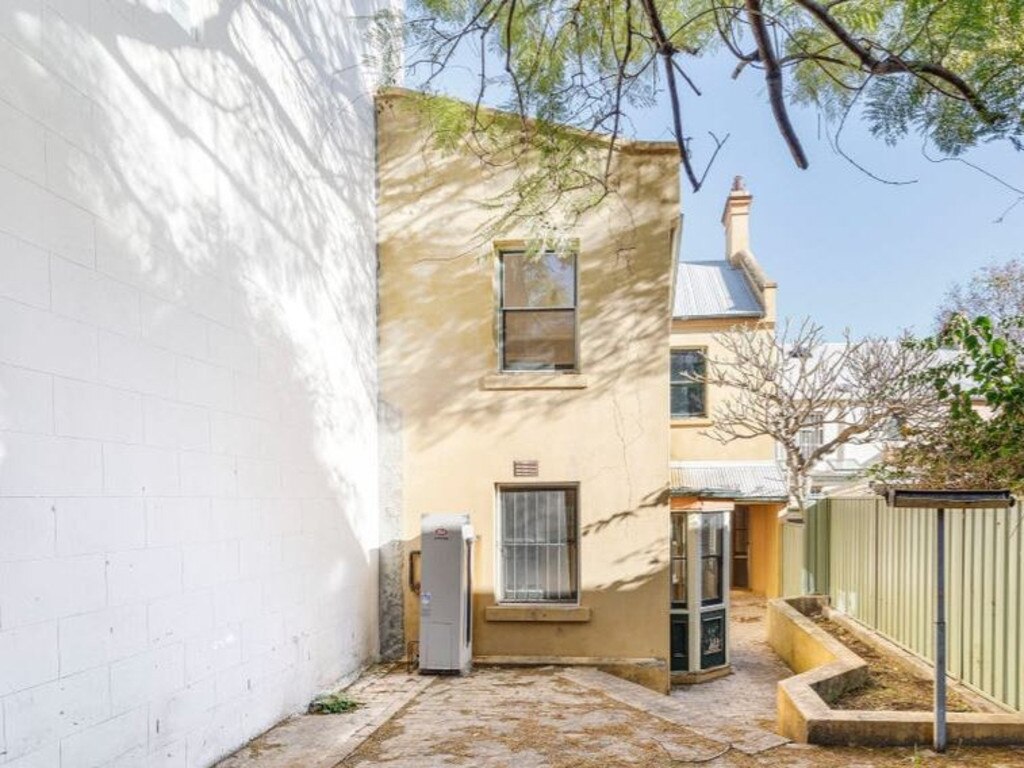
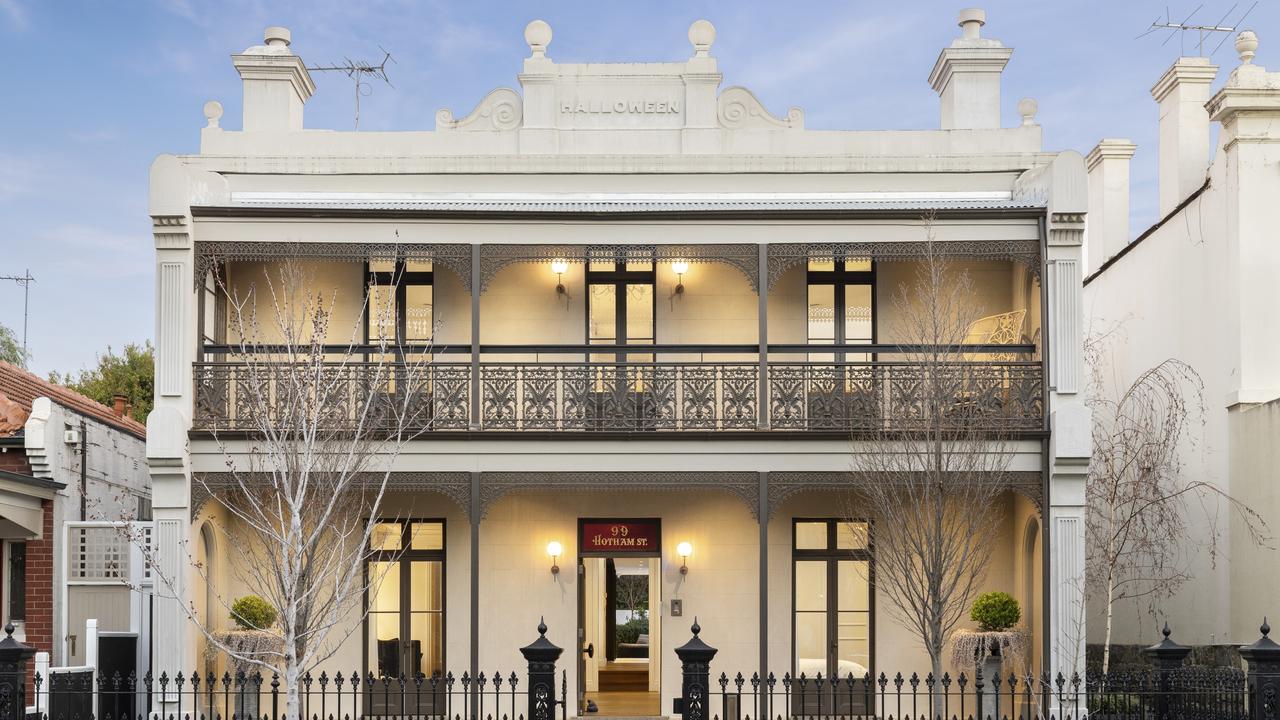

Half the country may be in lockdown but almost everywhere the residential property market is still going up. And most people in the market do not see it correcting for quite some time.